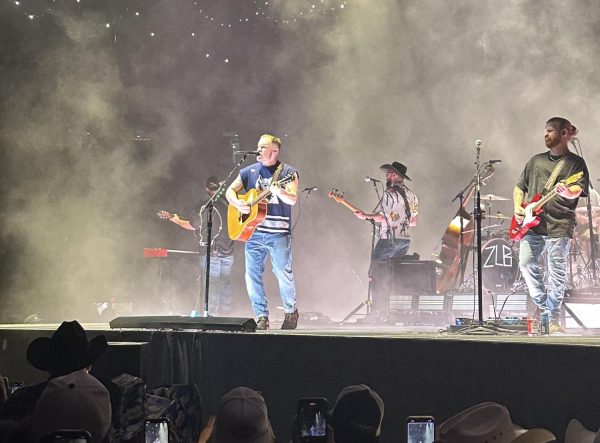Cultural appropriation – what is it and how do we recognize it?
October 29, 2020
Adele, Rihanna, Kylie Jenner. These are just some of the latest celebrities accused of cultural appropriation, which is the use of items or aspects from a culture that is not one’s own, especially without respect or understanding of the culture and its people.
This issue has gained international attention after the killing of George Floyd, which prompted worldwide protests for racial justice and equality. But does cultural appropriation still exist? Many say the answer is yes. However, another question remains: how do we differentiate between cultural appropriation and appreciation?
Appropriation can take place in the form of just about everything – music, fashion, beauty, language, mascots, images. But why is this wrong?
Cultural appreciation, like appropriation, is when someone uses an aspect of a culture (typically a minority culture) that is not their own. After that, though, appropriation and appreciation greatly differ. Appreciation is when someone takes active steps to learn and immerse themselves in the culture at hand. Appropriation, on the other hand, is when someone takes a cultural aspect without attempting to learn about or understand the culture they are using.
Appreciation is someone putting themselves in the role of the student.
Appropriation is someone putting themselves in a role of authority.
Typically, appropriation is committed by someone from a dominant group who takes a cultural aspect from a traditionally oppressed culture. When this occurs, the people whose culture is being stolen do not get to decide how their culture is used.
The problem continues with the demeaning and harm done towards a culture through appropriation, even if unintentionally. For example, when someone calls their friends their “tribe,” it casually introduces the idea that African and Native American peoples are primitive and lesser (whereas few would say that Europeans or those of white descent come from tribes).
When someone uses the word “tribe” to describe their friends, they may not be going out of their way to demean Native American or African culture, but they are using it for their own gain. While this may not seem like an issue, especially if the person or group at hand does not mean to cause disrespect, they are still taking from a culture. This is a form of stealing, similar to how someone commits plagiarism by taking words and passing them off as their own.
It is on this fine and often gray line in which the use of cultural aspects must be balanced, and it is often difficult to determine when appropriation is occurring. However, there are certain questions, compliments of Your Dictionary. that can be used to pinpoint acts of appropriation:
- Are you trying to get a laugh from your comment, action, costume, or image?
- Are you dressing up as a specific person who coincidentally happens to be a member of another culture? Or are you dressing up as a random, unnamed “cultural person”?
- Is what you want to wear, use, or do considered sacred to another culture?
- Do people who belong to that culture say it’s offensive?
- If you are influenced by another culture, have you given credit to your influences? Or are you claiming your work as your own?
- Does your image, costume, act, or comment involve a part of a culture, especially a stereotypical one (headdresses, etc)?
- More specifically, does your costume, image, etc. involve blackface or brownface, which is always wrong and offensive?
If you answered yes to any of these questions, it is likely your action(s), image, costume, or language is an act of cultural appropriation. You should take steps to find and correct your mistakes, so that you are respectfully using or no longer using another person’s culture.










